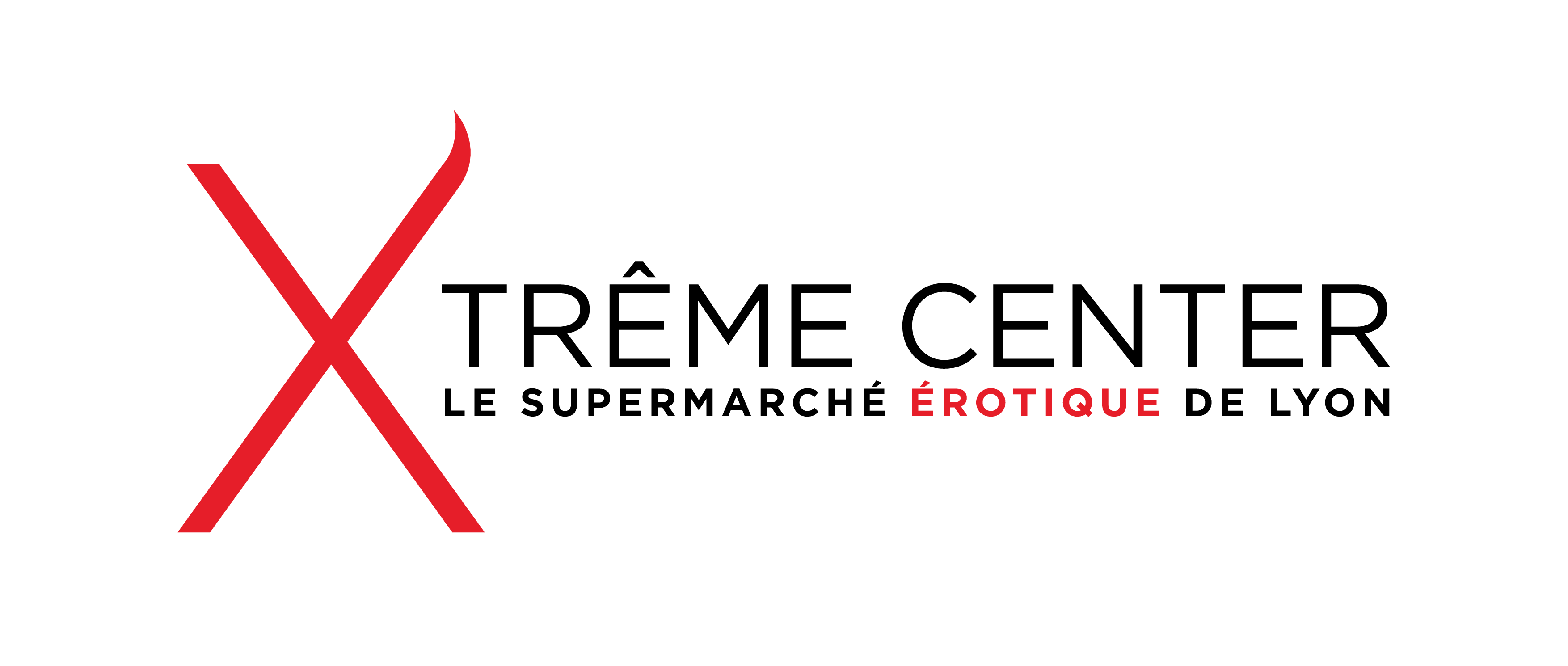2025 CEO Job Description: Essential Skills and Insights
Knowing how CEOs master their task lists is more than just about checking off items from a to-do list; it’s about staying focused, streamlining workflows, and making intentional decisions about where to invest time and energy. The evaluation of a CEO’s performance is a critical process that involves a combination of quantitative metrics and qualitative feedback. This comprehensive approach not only enhances the CEO’s performance but also contributes to the overall success Chief Executive Officer of an AI startup job and sustainability of the organization. Additionally, the COVID-19 pandemic accelerated the adoption of remote work and digital collaboration tools.
CEO Duties and Responsibilities
They must convey complex ideas clearly and persuasively to a diverse audience, including employees, board members, investors, and the public. Strong interpersonal skills are equally important, as a CEO must build relationships and foster a positive organizational culture. For example, Tim Cook, CEO of Apple, has been praised for his meticulous attention to financial details. Under his leadership, Apple has consistently achieved record revenues and profits, largely due to his strategic budgeting and cost management practices. Cook’s ability to balance innovation with financial prudence exemplifies Software development how a CEO can drive growth while maintaining fiscal responsibility. Our services are contingency based and our recruiters are experienced professional with many years of experience in executive search.
Within Public Sector
In the case of a limited liability company, an executive officer is any member, manager, or officer. If you are recruiting for the role of chief executive officer in your organization, this post provides a sample job description and the right information you need to make a good description for the position in your company. The job also includes leading, guiding, directing, and evaluating the work of other executive leaders, including presidents, vice presidents, and directors, depending on the organization’s reporting structure. In the process of leading these senior leaders, the CEO makes certain that the strategic direction the CEO filters down through the organization to ensure its achievement.
CEO Education and Training Requirements
- Mary Barra, the CEO of General Motors, is another prime example of a leader who excels at task prioritization and time management.
- The job also includes leading, guiding, directing, and evaluating the work of other executive leaders, including presidents, vice presidents, and directors, depending on the organization’s reporting structure.
- As companies grow, maintaining sustainable practices becomes increasingly important.
- The Chief Executive Officer (CEO) is responsible for shaping the strategic direction of a company, ensuring its financial performance and growth, and maintaining its overall operational excellence.
- Barra has been instrumental in GM’s pivot toward electric vehicles and sustainability, showing her ability to focus on long-term goals while managing her task list efficiently.
Their role is vital in guiding the company’s direction and achieving long-term success. It almost goes without saying, but staying organized is a make-or-break quality for any leader. This can be particularly hard for CEOs because while they’re at the top of the corporate ladder, their tasks rarely come with clear boundaries.
Chief Executive Officer Education and Training Requirements
Additionally, the CEO must ensure that the organization’s leaders experience the consequences of their actions whether through reward and recognition or performance coaching and disciplinary actions. Without responsibility and accountability that are actively expected and reinforced, the CEO will fail to attain the desired success and profitability. Mastering a task list isn’t just about tracking everything that needs to be done; it’s about taking a strategic approach to managing time and energy. Successful CEOs follow several key principles that help them prioritize their responsibilities and avoid getting caught up in the weeds of daily minutiae.
In addition to business degrees, many CEOs come from diverse academic backgrounds. Engineering, law, economics, and even liberal arts can provide unique perspectives that contribute to effective leadership. For example, a CEO with an engineering background may excel in problem-solving and analytical thinking, which are crucial for navigating complex business challenges. In the fast-paced business environment, CEOs are frequently faced with challenges that require quick and effective problem-solving skills. Critical thinking enables a CEO to analyze situations, evaluate options, and implement solutions that align with the company’s goals.
Barra has been instrumental in GM’s pivot toward electric vehicles and sustainability, showing her ability to focus on long-term goals while managing her task list efficiently. She is also known for maintaining a structured schedule and staying in close touch with her leadership team to ensure alignment across the organization. For example, some CEOs empower their leadership teams to handle operations, finance, and HR, while they focus on driving growth, innovation, and establishing key partnerships.
Within People Strategy
Many CEOs have held leadership roles in various capacities, whether in project management, team leadership, or departmental oversight. This experience not only hones their leadership style but also helps them develop essential skills such as conflict resolution, team building, and strategic thinking. For instance, a CEO who has successfully led cross-functional teams will likely be adept at fostering collaboration and driving organizational change. Many CEOs start their careers in entry-level positions, gradually moving up the corporate ladder. This diverse experience equips them with a holistic view of the company, enabling them to make informed decisions that align with the organization’s goals.



Commentaires récents